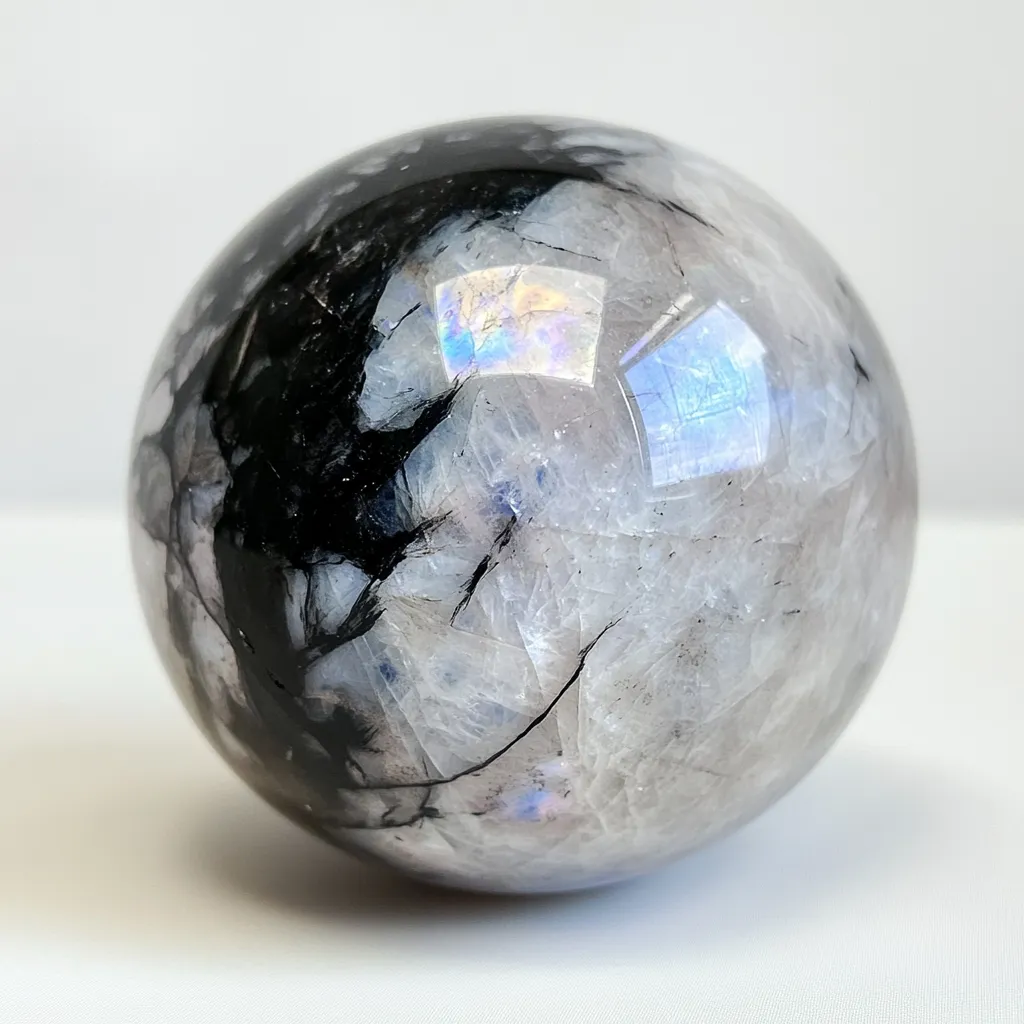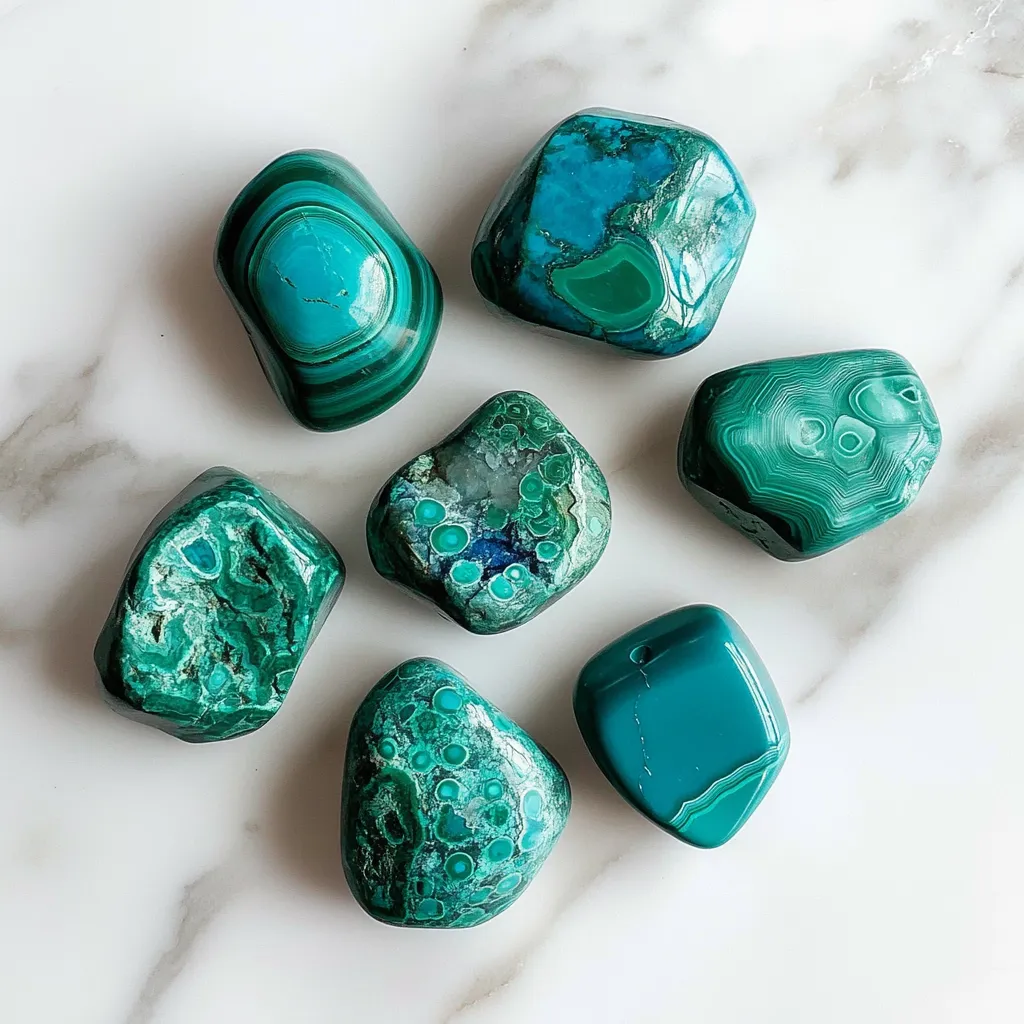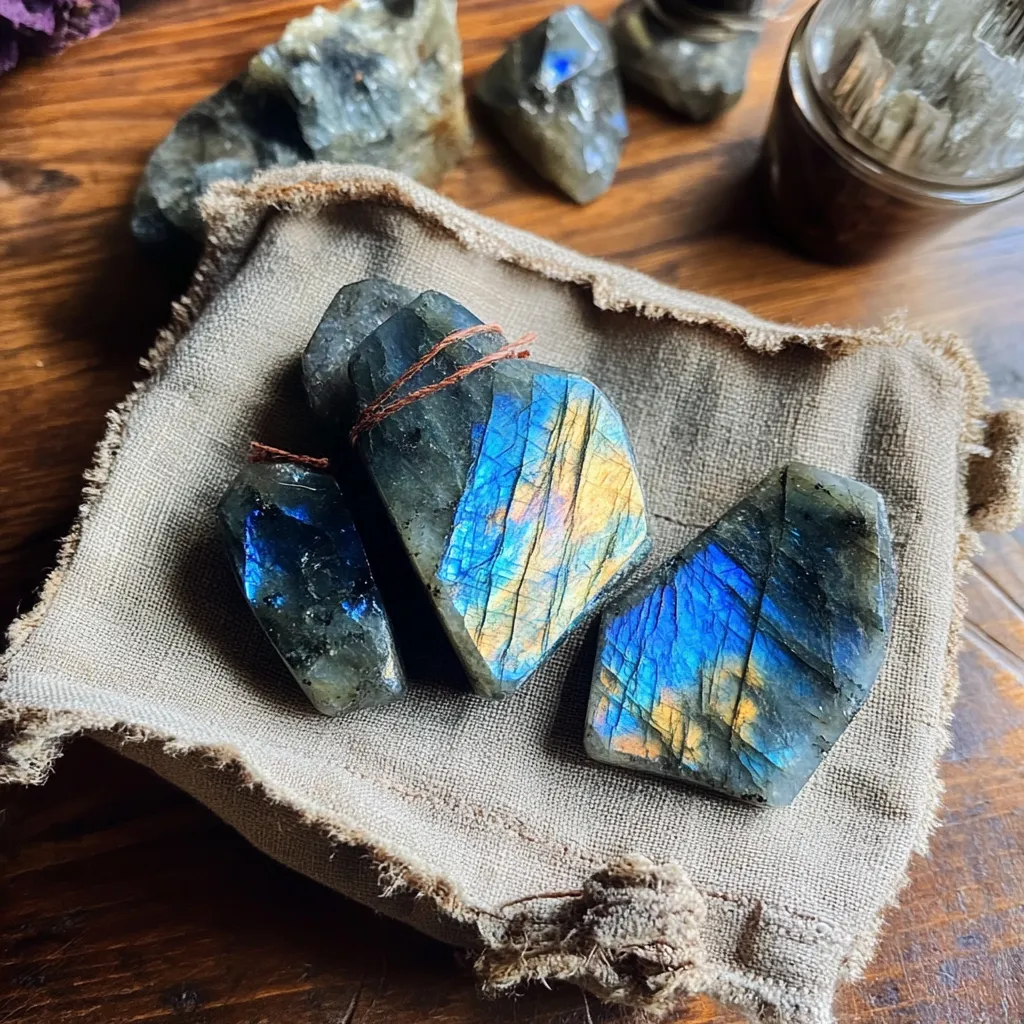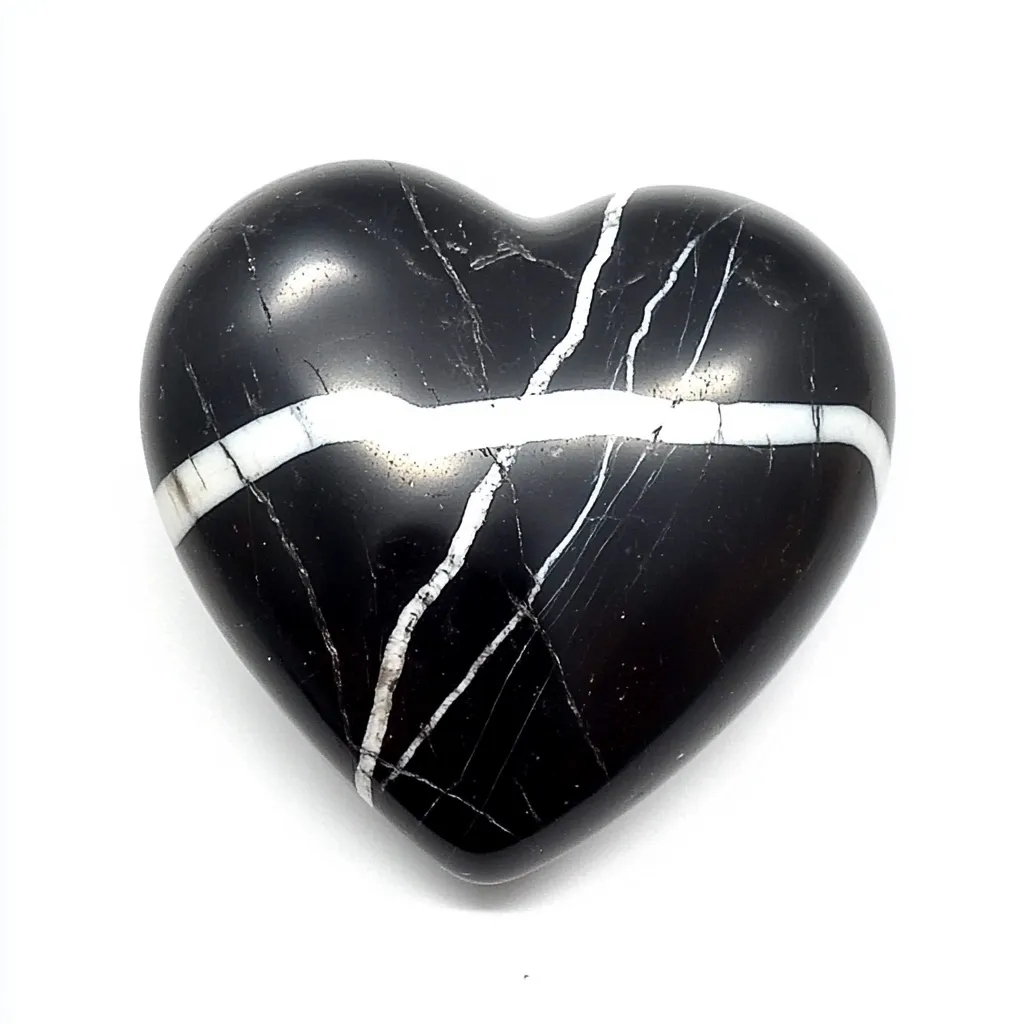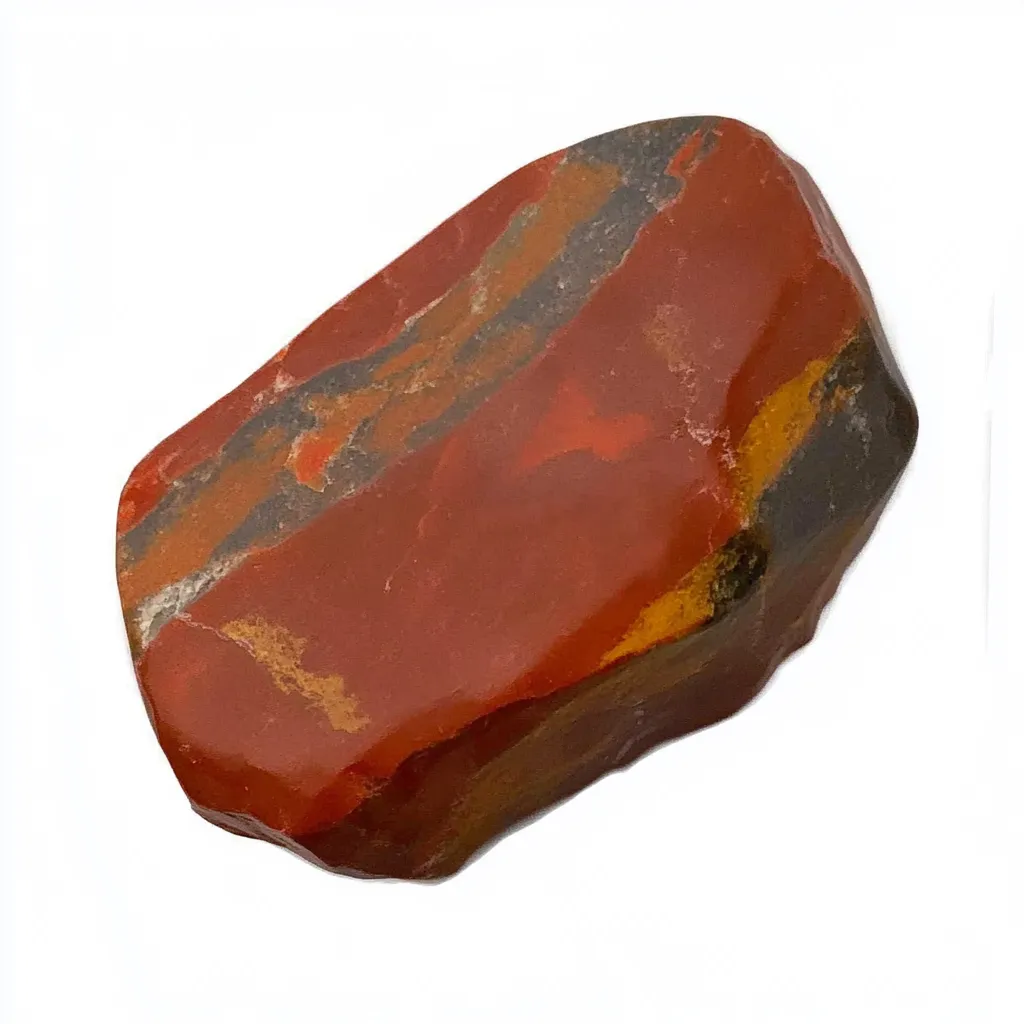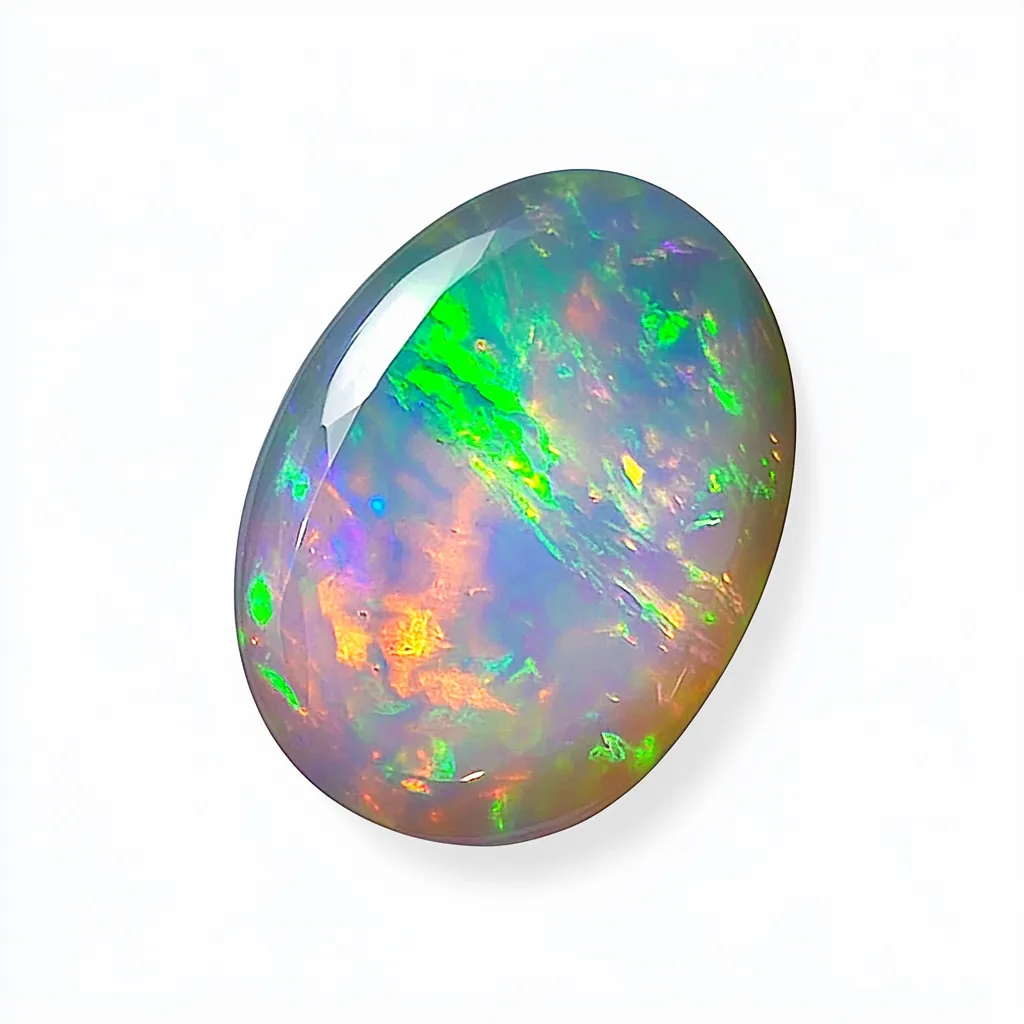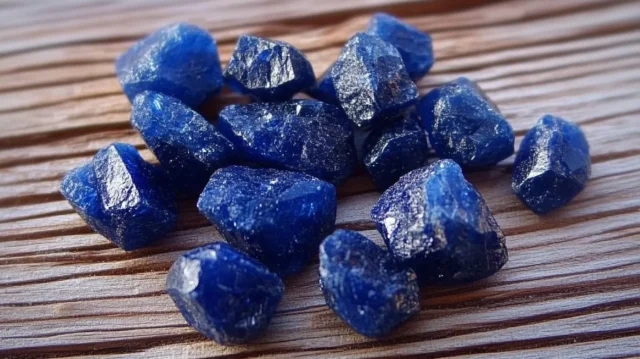

Sapphire Pronunciation
The pronunciation of sapphire is as follows: “SAF-fire” ( /ˈsæf.aɪər/ ).
Sapphire Pronunciation Variations
| Pronunciation Style | Phonetic Spelling |
|---|---|
| American English | /ˈsæf.aɪr/ |
| British English | /ˈsæf.aɪər/ |
| Common Mispronunciation | /sæˈfaɪər/ |
Hardness
Sapphire ranks 9 on the Mohs hardness scale, making it one of the hardest gemstones to occur naturally. Its only rival in terms of durability is diamond, which makes sapphire an excellent choice for any jewelry that might be subjected to the kind of wear and tear encountered in everyday life. What’s more, sapphire has proven virtually scratch-resistant—the only substances capable of marring it are the aforementioned diamond and corundum (the mineral from which sapphire forms).
Thanks to their durability, sapphires frequently adorn engagement rings, watches, and even serve in industrial applications, like high-end scientific instruments and smartphone screens. This combination of beauty and resilience makes sapphires a truly timeless choice of gemstone.

Luster
The brilliance of sapphires has a lot to do with their luster. The luster of a sapphire is vitreous (glass-like). However, luster alone does not make a gemstone brilliant. A gemstone cut and polished beautifully—a quality that is surely a prerequisite for gemstone brilliance—behaves in this glassy manner. However, a sapphire with a good cut and polish could very well exhibit this glassy behavior.
The brilliance of a sapphire is profoundly affected by its clarity and cut. Some sapphires, while otherwise flawless, are simply not as bright or beautiful as others because they have inclusions in the wrong places or of the wrong kind. But sapphires with the right characteristics—that is, with near-flawless clarity, a perfect cut, and not too many inclusions—are probably the most beautiful gemstones on earth.
Crystal System
Sapphires are of the trigonal crystal system, a subset of the hexagonal system. This crystal structure is what makes them durable and gives them their unusual optical properties. They naturally form as prismatic or tabular crystals and often show a six-sided shape.
Some sapphires also show pleochroism, which is to say they can look different colors when viewed from different angles. This unique characteristic adds to the intoxicating allure of each sapphire.
Crystal System and Key Features
| Crystal System | Structure | Special Optical Properties |
|---|---|---|
| Trigonal | Prismatic, tabular | Pleochroism, six-sided shape |
| Hexagonal (subset) | Symmetrical | Strong durability |

Etymology
The name ‘sapphire’ comes from the Latin word sapphirus, which is derived from the Greek sappheiros and means ‘blue stone.’ However, the historical record suggests that this term was once used to describe lapis lazuli before it became associated with corundum sapphires.
Sapphires have been held in high regard for their heavenly blue color, which has often been associated with favor from on high, with wisdom, and with protection. In many parts of the world, they have been considered something like sacred stones, believed to endow the wearers with not just enlightenment but also some form of spiritual armor.
Location
Numerous, varied localities around the world are home to sapphires, with Sri Lanka, Myanmar, and Thailand being among the most well-known. Sapphire deposits in Madagascar and Australia also produce gems with some unusual characteristics. All five locales yield sapphires with qualities that make these stones identifiable as originating from one of these regions.
Kashmir sapphires are renowned for their outstanding quality and their deep, velvety blue color. They are, in fact, among the highest-quality colored gemstones on the market today.
Sapphires from Burma (Myanmar) are prized and held in high esteem for their deep, rich, and vibrant blue color.
Sapphires from Ceylon (Sri Lanka) commonly exhibit a lively, vivid blue with superb clarity.
Sapphires from Australia frequently exhibit dark tones and sometimes appear nearly black because of their high iron content.
In addition, sapphires exist in many different hues, such as pink, yellow, green, and even completely colorless forms. The Padparadscha sapphire is the rarest, a breathtaking pink-orange gem, and primarily found in Sri Lanka.
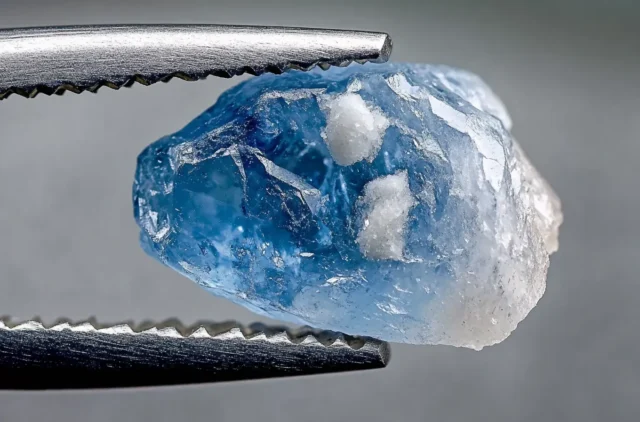
Meaning & Energy
Wisdom, truth, and spiritual enlightenment have been long associated with sapphires. For many ancient cultures, wearing a sapphire was thought to not only improve these qualities but also to enhance mental clarity, encourage self-discipline, and increase the chances of finding inner peace.
In transhistorical traditions, sapphire is regarded as a protective and intuitive stone. It is said to help stabilize and calm emotions while strengthening one’s ability to concentrate, making it a potentially useful tool for meditation. One needn’t necessarily use a blue sapphire for these qualities to be realized—after all, gemstones come in a panoply of colors. However, the throat chakra particularly resonates with blue sapphires.
For centuries, sapphires have been associated with royalty. They were worn by kings and queens as symbols of divine favor and protection against evil. Even today, sapphire engagement rings, like the famous one worn by Princess Diana and now Kate Middleton, symbolize loyalty, sincerity, and everlasting love.

Varieties of Sapphire Gemstone
More than merely the classic deep blue gemstone most people associate with royalty, sapphire comes in a wide array of colors. Thus, it is a versatile choice for jewelry lovers and collectors. Besides the well-known blue sapphire, one can find pink, yellow, green, white, and even orange sapphires. The rarest of all, the padparadscha sapphire, is a stunning pink-orange variety that is reminiscent of a sunset.
The star sapphire is another fascinating category, exhibiting a striking optical phenomenon called asterism. When cut en cabochon, these stones display a star-like pattern on their surface, making them highly desirable. Some sapphires even change color under different lighting conditions, adding to their mystique and value.
Sapphire Color Varieties and Their Rarity
| Sapphire Color | Description | Rarity Level |
|---|---|---|
| Blue | The most well-known variety, symbolizes wisdom and royalty | Common |
| Pink | Soft to intense pink hues, associated with love and compassion | Uncommon |
| Yellow | Bright and cheerful, often linked to prosperity | Uncommon |
| Green | Rare and unique, carries a calming energy | Rare |
| White | Colorless sapphires, sometimes used as diamond substitutes | Rare |
| Orange | Warm and vibrant, often linked to creativity | Very Rare |
| Padparadscha | A mix of pink and orange, resembles a sunset | Extremely Rare |

Ancient Myths
For a long time, sapphires have been held in high esteem across many cultures. They’ve often stood for, and still do, wisdom, divine favor, and protection.
In ancient Greece, sapphires were believed to link their wearers with the gods and to endow them with insight and spiritual clarity. The medieval European clergy wore blue sapphires with the same message; they symbolized heaven and divine truth.
An eminent legend relates to King Solomon, who is said to have worn a sapphire ring that endowed him with the wisdom to, among other things, converse with animals. In India, people associated sapphires with Saturn and believed that choosing them correctly could bring great fortune. But choosing the right sapphire was a matter of enormous importance because choosing the wrong sapphire could bring misfortune and add an element of mysticism to this gem’s reputation.
Physical Sapphire Gemstone Healing Properties
Although contemporary science doesn’t endorse crystal healing as a form of medicine, many enthusiasts are convinced that sapphire is a powerful physical agent with all kinds of beneficial properties. They say sapphire is beneficial for eye-related ailments. It’s not just recent devotees who believe this. Some ancient doctors who prescribed sapphire for eye illnesses did so with the conviction that it would improve the patient’s vision.
Furthermore, sapphire is believed to help with headaches, fever, and trouble hearing. Holistic healers claim that this gem is a support for overall health and a boost for the immune system. Regardless of the lack of scientific proof for these benefits, many individuals continue to view the sapphire as a gem of health.

Commonly Believed Physical Healing Properties of Sapphire
| Healing Property | Alleged Benefit |
|---|---|
| Eye Health | Thought to improve vision and relieve eye strain |
| Headache Relief | Believed to ease migraines and head-related pain |
| Fever Reduction | Said to help in cooling the body and reducing fever |
| Hearing Improvement | Some believe it can assist with hearing difficulties |
| Immune Support | Considered to strengthen the immune system |
Emotional Sapphire Gemstone Healing Properties
Emotionally, people view sapphire as a gemstone that promotes mental clarity and inner peace. Countless individuals adorn themselves with sapphire jewelry in hopes of reaping the gemstone’s purported benefits of fostering enhanced focus, intensified self-discipline, and—most importantly—clear, coherent, and unclouded thoughts. For this reason, the sapphire is an ideal gem for those who are students, writers, or any kind of professional that requires sharp, unyielding mental faculties.
Besides the advantages for the intellect, sapphire is thought to be a help for turbulent emotions, reducing stress, anxiety, and depressive feelings. Some practitioners would have you believe that blue sapphire, in particular, has a cooling energy that helps individuals manage anger and emotional upheavals. As a result, many people seek sapphire for its reputed ability to confer balance and tranquility.

Chakra Sapphire Gemstone Healing Properties
The throat chakra (Vishuddha), responsible for communication and self-expression, is closely associated with sapphire in chakra healing practices. It is said that donning or meditating with a blue sapphire can assist individuals in speaking their truth with confidence and authenticity. This quality is what makes it an excellent gemstone for public speakers and leaders. It’s also a beneficial stone for those who have trouble with verbal expression.
Some sapphires of certain colors are also associated with various chakras. Yellow sapphire is linked with the solar plexus chakra, which is not only “associated with our identity but also with our digestive system and the center of our personal power” (“Understanding” 248). Meanwhile, the pink sapphire vibrates with the energy of the heart chakra and certainly can do no wrong in terms of amping up the healing powers of this juxtaposed energy center.
Sapphire is a beautiful gemstone with deep and lasting symbolism. In our modern world, this storied stone still resonates with meanings that vary from person to person. For the individual seeking a space within the ideal and the harmonious, sapphire may serve as an exquisite emblem of presence. For those who prize the delightful blue of lapis lazuli, “lapis” is the Latin word for stone, and “lazuli” is from the Arabic for blue.

Questions and Answers
Further Insights on Sapphire
Raw Sapphire: A Natural Beauty in Its Purest Form
Natural sapphires are such beautiful and rare gemstones that they have few rivals in nature. Despite this, sapphires continue to face fierce competition because many other gemstones have similar appearances. Corundum—a mineral found in just a few spots on Earth—forms sapphires in various colors as well as in blue. However, corundum’s earthly palette isn’t its only asset. A wonderful variety of natural phenomena—including changes in temperature, pressure, and environment—ensure that bunches or crystals of corundum won’t tend to look the same even if they form under identical conditions.
Birthstone Sapphire: The September Gem with a Royal Legacy
The gem that represents September as a birthstone is sapphire. This beautiful gemstone, second in hardness only to diamond, is an unfading symbol of wisdom and divine favor. It has been treasured by kings, queens, and the world’s most powerful spiritual leaders for centuries. In sapphire’s luminescence lies the answer to the puzzle that has occupied gemologists and jewelers for centuries.
It’s a gemstone with a long history of being romanticized and cherished. Sapphire, then as now, was associated with bringing protection, insight, and good fortune.
1 Carat Sapphire: A Balance of Size and Elegance
A 1-carat sapphire is a popular choice for pendants and rings, offering a balance between size and affordability that many gemstones cannot achieve. Yet compared to other colored stones, sapphires still carry a high price-per-carat that can often put them out of reach for some budgets. Particularly for blue sapphires, we anticipate a price increase in the upcoming years.
| Sapphire Carat Size | Estimated Price Range (USD) |
|---|---|
| 0.5 Carat | $300 – $1,500 |
| 1 Carat | $800 – $4,000 |
| 2 Carats | $2,000 – $10,000 |
| 5+ Carats | $10,000+ |
Cost of Sapphire: Factors That Influence Price
The price of sapphires varies significantly according to their color, clarity, cut, and origin. Some of the most expensive sapphires—priced thousands of dollars per carat—are deep blue sapphires from Kashmir or Burma. Sapphires that have been heat-treated to enhance color and clarity are far more affordable than their untreated counterparts. In addition, fancy-colored sapphires, such as pink, yellow, and green, offer unique alternatives at several different price points. Understanding these factors can help buyers make informed decisions.
Colors of Sapphire: Beyond the Classic Blue
Although blue is the most well-known color for the sapphire, this gemstone comes in various shades—including pink, yellow, green, white, and even color-change varieties. The hue of a sapphire is affected by the presence of trace elements—such as iron, titanium, and chromium—that are found in the stone. Some rare sapphires exhibit the “star effect,” creating a mesmerizing six-rayed star pattern. Playing with different sapphire colors makes it easy to explore unique, personalized gemstone jewelry.
| Sapphire Color | Primary Trace Elements |
|---|---|
| Blue | Iron, Titanium |
| Pink | Chromium |
| Yellow | Iron |
| Green | Iron, Vanadium |
| White | Lack of Impurities |
Purple Sapphire Loose Stones: A Rare and Elegant Choice
Also referred to as violet sapphires, purple sapphires offer an alluring alternative to the traditional blue stones. Their captivating color is the result of a mix of iron and chromium and is seen in shades that range from light lavender to a shade that is almost black—deep plum. Loose purple sapphires are highly sought after for potential custom jewelry designs, allowing buyers to choose the ideal cut and setting for their unique piece. These gems are a rare yet affordable option for those seeking an alternative to the ubiquitous diamond or sapphire.
Sapphire Biblical Meaning: A Symbol of Divine Wisdom
Biblical texts convey the spiritual importance of sapphire. They record it as a stone exuding truth, faithfulness, and a connection to the divine. The ancient Jews held the belief that sapphire tablets recorded the Ten Commandments, underscoring the stone’s sacred significance. Even today, people associate sapphire with spiritual insight and heavenly guidance. Religious artifacts ensconced with sapphire signify all of this.
Yellow Sapphire Benefits: Luck, Prosperity, and Well-Being
The yellow sapphire, also called “Pukhraj” in Vedic astrology, is said to bring wealth, success, and wisdom. This gemstone, with its golden hue, is associated with Jupiter, the planet of growth and intellect. Many people don yellow sapphire rings to beckon prosperity and better their judgment in making life decisions. Aside from its astrological perks, yellow sapphire’s warm color and toughness—approximately 9 on the Mohs scale—make it an excellent option for engagement rings and other fine jewelry.
Brown Sapphire Rough: A Unique and Earthy Gemstone
Although brown sapphires are less common, they are beautiful gemstones with a warm, earthy aesthetic. Found in rough form, these gems come in colors from light champagne to a deep brownish chocolate. And unlike other so-called “fancy sapphires”—like the green or yellow varieties—brown sapphires are largely ignored by the industrial and investment sectors. If blue or pink sapphires are the gemstones that sing, then brown sapphires hum a quiet tune.
Mason Ruby and Sapphire Mine: A Hidden Gem for Collectors
In North Carolina, there exists a well-known site where amateur gem miners can dig for their sapphires: the Mason Ruby and Sapphire Mine. It is a pretty amazing thing indeed when you think about it—an open mine full of sapphires, rubies, and other treats dug out by nature. Actually, don’t think about it too much. There’s a reason for that. Indeed, part of the experience at the Mason site comes from watching nature at work in the gem-making of corundum.
Real Sapphire vs. Fake: How to Spot the Difference
Identifying real sapphires means looking closely at the stones. Natural sapphires have subtle inclusions and a rich, vibrant color, while imitations (often made from glass or lab-created materials) may look too perfect. You can also try the “breathe test” (condensation on the surface means it’s a real stone), the scratch test (the sapphire won’t be scratched if you use something that’s not a diamond), or the UV light test (under certain lighting conditions, the real one will glow).
Of course, purchasing from, say, Riddhi Siddhi since you’re definitely not going to make a dude’s birthday a frat occasion is also a good way to ensure you’re getting something not made in a lab.
Sapphire Mine Helena: Exploring Montana’s Treasure
In the United States, there are numerous sapphire mines, but none can compare to the quality of the sapphires found in Montana. The sapphires found in the mines near Helena are just as breathtakingly beautiful as those found anywhere else in the world. Most people associated with the industry—whether they work in it, study it, or are fascinated by it—would tell you that the color variations of Montana sapphires are stunning. And while many jewelers and collectors prefer the deep blue of the Montana sapphire to its lighter shades, those who don’t shy away from using colors in their designs may find the pastel versions even more appealing.
Blue Sapphire vs. Blue Topaz: Key Differences Explained
Although blue sapphire and blue topaz may look alike at first glance, they truly differ in several key aspects.
- Hardness: Sapphire ranks 9 on the Mohs scale, making it a very durable gem. Blue topaz, on the other hand, is softer and can be more affordable than blue sapphire due to its treatment.
- Rarity and Value: While natural blue sapphires are quite rare, blue topaz is commonly available. Thus, when considering these stones, someone could potentially pay a lot more for a blue sapphire that is much more valuable than a blue topaz.
Portuguese Cut Sapphire: A Masterpiece of Precision
The Portuguese cut is a unique style of gemstone cutting that features multiple facets, which enhance the brilliance of the stone. Usually reserved for diamonds and quartz, this cut also occasionally produces dazzling results when applied to sapphires.

